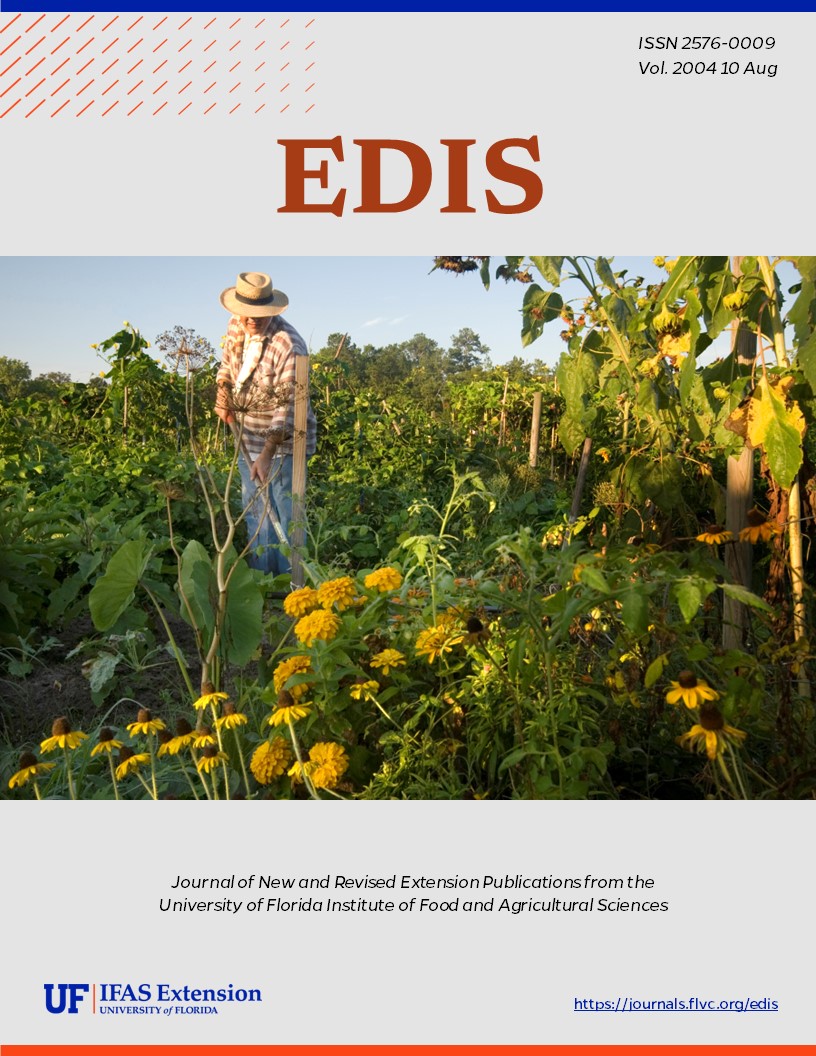Abstract
Dogfennel (Eupatorium capillifolium) is an aggressive native perennial that is found throughout much of the Southeast. Dogfennel is particularly troublesome in unimproved or overgrazed pastures where it adds to the decline of forage yield and quality. Although generally considered to be only unsightly, the leaves contain low levels of the toxin tremitol, which causes dehydration when ingested by cattle. Cattle do not normally feed on dogfennel, but it may be eaten when more suitable forages are lacking. Dogfennel is currently the number one most commonly occurring pasture weed in Florida. This document is SS-AGR-224 one of a series of the Agronomy Department, Florida Cooperative Extension Service, Institute of Food and Agricultural Sciences, University of Florida. Published August, 2004.
SS-AGR-224/AG233: Dogfennel (Eupatorium capillifolium): Biology and Control (ufl.edu)
Unless otherwise specified, articles published in the EDIS journal after January 1, 2024 are licensed under a Creative Commons Attribution-NonCommercial-NoDerivs 4.0 International (CC BY-NC-ND 4.0) license.

